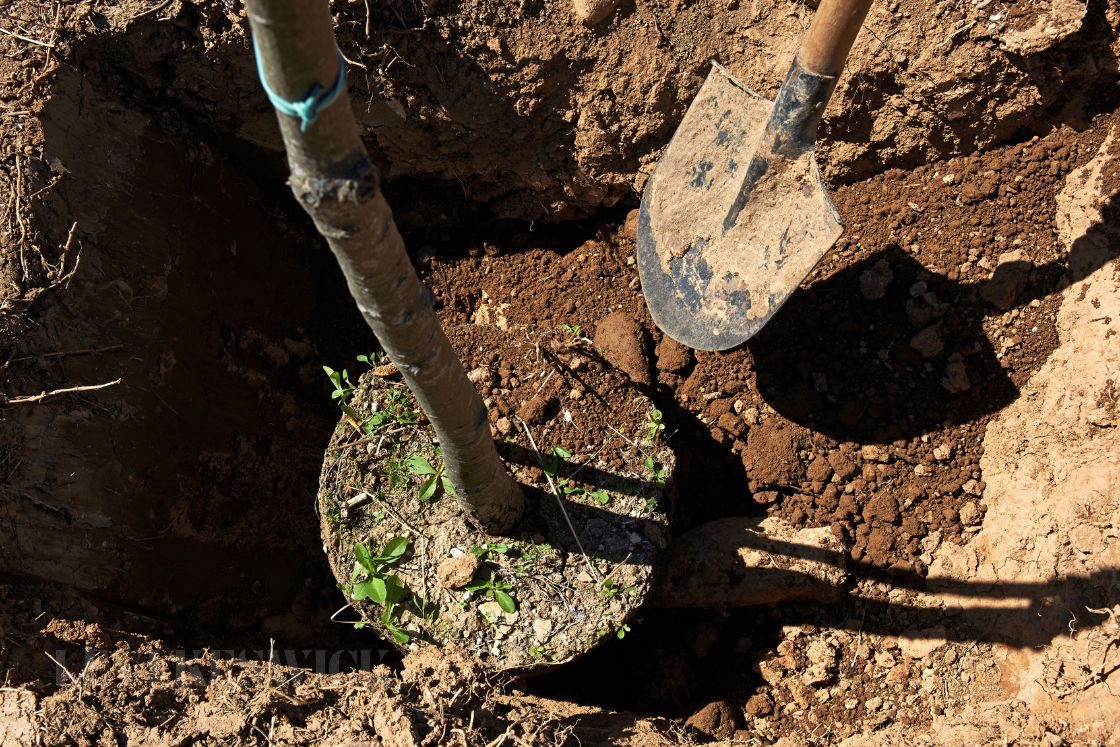Planting and growing a tree are quite the undertakings. Even for experienced planters, it’s a delicate and extensive process. If you’re a novice, you can expect the process to be challenging. You can do many things to make the process easier, but unfortunately, you might make some mistakes. We’ll share the top three mistakes we make when planting trees.
Choosing the Wrong Planting Site
If your tree needs maximum sunlight, it won’t flourish in the shade of another tree. Instead, you should separate them; consider planting your new tree on the other side of the yard. Think proactively of your new tree’s growth; as it grows, branches may block sidewalks or driveways. Plant your new tree away from these pathways.
You must also consider proximity to your home. A growing tree might affect your gutters, roof, or windows. Don’t place a tree in a place with poor drainage; otherwise, it won’t live very long. Ensuring an ideal position for your tree makes all the difference in growth, so don’t overlook this step.
Not Looking for High-Quality Trees
Just because you got your tree from a nursery, or it’s a fresh green, doesn’t mean it’s high quality. A high-quality tree has a single trunk, well-attached branches, and a strong form. Its body won’t have mechanical wounds or blotched pruning and transportation damage. The leaves should have lively, vibrant colors—watch out for reds and murky browns, especially out of the fall season. Finally, healthy trees won’t have insects or fungi burrowing and growing on them. Take note of the seller following best practices for trimming a tree before purchasing.
Watch Out for Low-Quality Trees
Low-quality trees have dead branches that look withered and deformed. They’ll have wounds from poor pruning practices or transport. The branches may be wrapped around or squeezed against each other. Look for circling and crushed roots in a small nursing pot or root ball. Not taking these differences into account is a major mistake when planting trees.
If you see a poor-quality tree, it’s okay to decline it. Remember, this is a transaction. Just like you would decline an offer on an appliance you don’t want, you can do the same with trees. If you take these considerations to heart, you’ll find a high-quality tree in no time!








